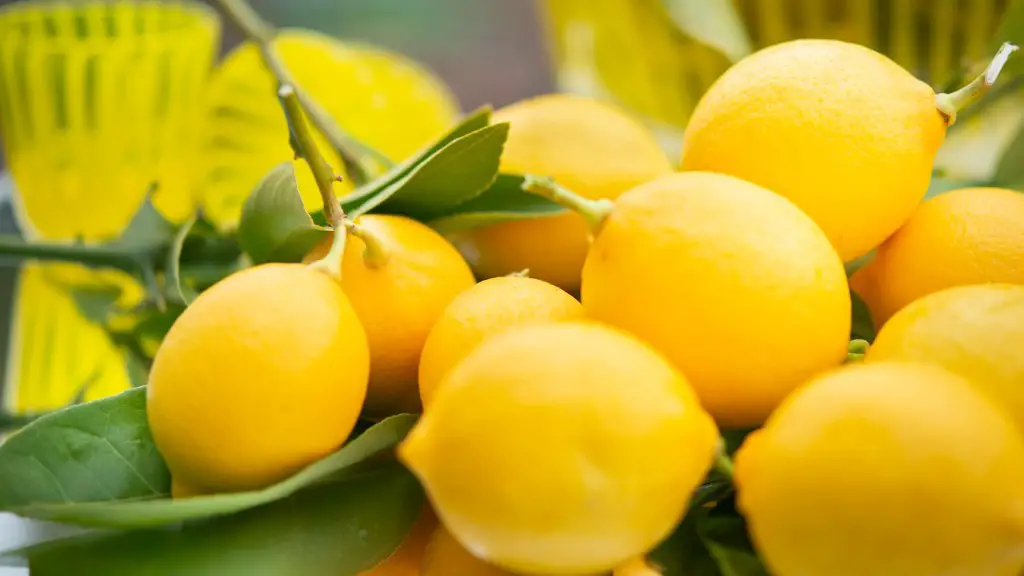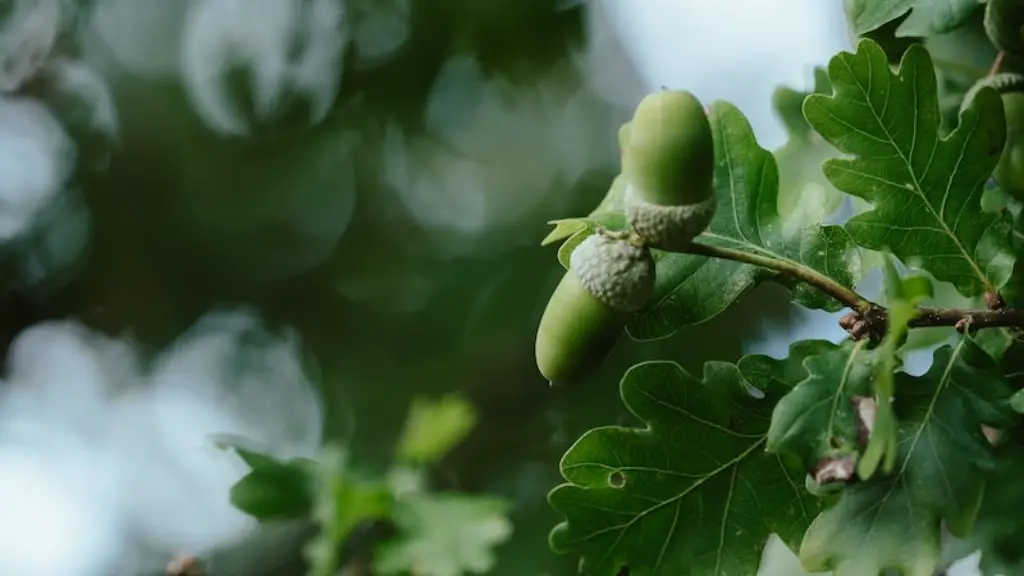As summer months heat up, questions surrounding the palm tree’s health become a common topic of conversation for many homeowners. While looking at their trees, homeowners may find themselves wondering: is my palm tree dying?
Identifying the signs of distress in a palm tree can be challenging. With so many variables to consider, homeowners often seek guidance from experts to make an accurate diagnosis. Some of the factors to keep in mind when assessing overall health include the species, season, temperature, moisture, soil, and the presence of pests or diseases.
“The palm tree is a unique species that requires a particular combination of conditions to remain healthy,” said Mark Whittaker, soil specialist at the University of Florida. “Homeowners need to pay attention to any changes while considering the species requirements when making a diagnosis of a palm tree.”
The first indication of distress may be discoloration of the leaves or fronds. If the leaves are browning and wilting, this could be an indication of insufficient moisture, too much fertilizer, or signs of a disease or pest. If the roots of the tree become exposed, this can also be a sign of disease or pest damage.
Additionally, homeowners should be wary if the tree’s overall appearance is diminished due to fronds hanging at a low angle, as well as a decrease in flowering or fruiting of the tree. If the tree’s fronds begin to yellow, this can also be an indication of nutritional deficiency or overwatering.
While these issues can cause great stress for homeowners, it is important to make sure that the true source of the problem is identified. It could be a combination of factors that are making the tree unhealthy, or it could be something more sinister like a disease or pest.
“The key to avoiding palm tree die-off is to be vigilant and identify any signs of distress as soon as they appear,” said Marianne Moore, horticultural expert and master gardener. “The sooner you act, the better the chances of slowing down and controlling any damages that could permanently harm the tree.”
Treatment
If signs of distress are identified early on, there is often room for treatment. Healing a tree usually involves ensuring that the tree is receiving the proper nutrients, water, and sunlight. If a tree was planted in the wrong season, some supplemental protection from the elements might be recommended.
“The goal is to rehydrate the tree and feed it the necessary nutrients,” said Dr. Robert Weimer, professor of horticultural science at the University of Florida. “If the tree is young and the initial treatments are successful, then it could revive and grow properly, given that all of its needs are properly met.”
The amount of success achieved through treatment will vary depending on the species and the severity of the damage. An experienced gardener or arborist may need to be consulted to provide a more accurate diagnosis and treatment advice.
Prevention is always preferred over treatment, so homeowners would do well to become familiar with the unique characteristics and needs of the species of trees planted in their yard. This may include verifying that their tree is getting the right amount of water and sunlight, as well as making sure it is fertilized correctly.
Removing a Tree
When a diagnosis of die-off is made, homeowners will need to consider removing the tree from their landscape. If the tree poses a risk to passersby or property, then its removal may be necessary.
Removing a tree with vegetation still attached is generally easier than removing a bare-limbed tree, and requires less skill. However, if a tree is dead, it should not be removed without the help of a professional who has the skills and safety equipment to do so.
In either case, homeowners should be aware that removing a tree from their yard can be a costly and time-consuming endeavor. If the tree is on public land, the proper city permits will be required to have a professional take it down.
If a homeowner wants to try and save their beloved tree, it is important to be aware of the various factors that may result in its dying and take the necessary steps to protect it. Taking preventative and early protective measures is the best way to protect any trees from experiencing die-off or other problems that could result in its removal.
Replacing a Tree
When it is time to replace a dead or dying tree, homeowners should first determine why the initial tree was not able to survive and make necessary adjustments. This could include selecting a species that is more suited to the area or taking steps to improve the growth conditions.
When selecting a replacement species, it is important to understand the same requirements and conditions necessary for the species to remain healthy. The better care and maintenance a tree receives, the higher its chances of survival are.
When considering the replacement species, homeowners need to also take into account its various maintenance requirements. If a property does not have adequate resources for maintenance, it might be beneficial to select a low-maintenance species.
Additionally, homeowners should make sure that their replacement tree is planted at the proper time of year and in the correct soil and location to ensure its best chance of survival. Homeowners should also consider the future growth that the tree could experience when planting.
Addressing Pests and Diseases
In some cases, pests or diseases have been the cause of a tree’s death or distress. Homeowners should always begin with preventative measures such as regularly inspecting the tree and applying insecticides or fungicides if needed.
If the damage is extensive, then professional services may be necessary to address the issue. Professional arborists and pest control companies often use more powerful treatments and equipment that could help treat a tree and prevent it from further damage.
The most common pests and diseases that can harm palm trees include scale, nematodes, and fungi. While these can be difficult to identify and treat, it is important that homeowners remain vigilant and educate themselves on the proper actions to take if a pest or disease is discovered.
Conclusion
Determining the cause of a dying tree is not always easy, but proper diagnosis and treatment can help save it from death. While prevention is the best way to protect a tree from become unhealthy, early identification and intervention are key if homeowners wish to save their tree.
By taking the time to understand the environmental needs of the tree, as well as the symptoms of any potential problems, homeowners can help ensure their palm tree remains healthy and beautiful for years to come.



